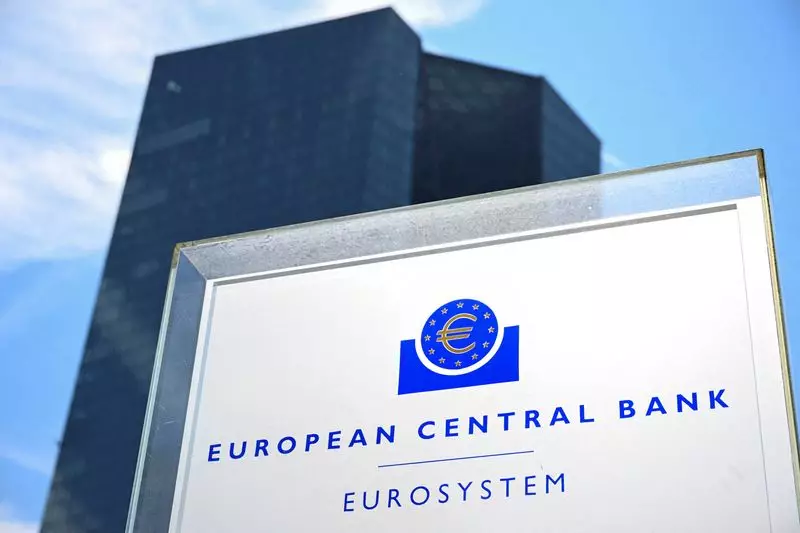The European Central Bank (ECB) is facing a growing divide among policymakers regarding the outlook for economic growth. This discord could significantly influence the ongoing debate about potential rate cuts, with concerns regarding a recession on one side and inflation pressures on the other. While the ECB has already cut interest rates in June and is expected to do so again in September to address slowing price growth, the path forward is uncertain as the euro zone economy becomes increasingly fragile.
The core of the debate revolves around how economic weakness and the possibility of a recession will impact inflation, which is the primary focus of the ECB. Those advocating for more rate cuts argue that the economy is weaker than anticipated, recession risks are mounting, and companies are beginning to reduce job vacancies, leading to a softer job market. This reduction in employment could decrease disposable income, resulting in reduced consumption and a self-reinforcing economic downturn. Consequently, there is a concern that inflation could fall below the target level in the near future.
Conservative Perspective
On the other hand, individuals with a conservative stance, often referred to as hawks in central banking terminology, contend that actual economic growth figures outperform the pessimistic survey results. They point to robust consumption, positive tourism statistics, and a rebound in the construction sector as signs that the economy remains resilient. Moreover, wage growth is surpassing levels consistent with the 2% inflation target, which is boosting real incomes and shielding the economy. While some sectors, such as industry, are struggling, it is viewed as a structural issue that will take time to resolve, minimizing the impact of monetary policy.
Upcoming Debates
The division among policymakers is not expected to influence the rate cut decision for September, as there is a broad consensus in favor of such a move. However, it could shape the communication strategy for future meetings, especially the October gathering. While the ECB is not likely to commit to specific actions at this stage, doves are pushing for a more cautious approach, emphasizing growth risks and signaling the possibility of consecutive rate cuts. Conversely, hawks are wary of sending overly dovish messages that could lead to heightened market expectations and undermine the bank’s credibility.
Economists are also divided in their assessments of the economic outlook, with some expressing concerns about a potential recession in Europe. Factors such as weak Chinese demand for European goods and political instability due to the rise of far-right movements in France and Germany could further dampen consumer sentiment. Despite these challenges, some institutions, like ABN Amro, predict modest growth in the euro zone, albeit at a sluggish pace. This mixed outlook adds to the complexity of the policy debate within the ECB and underscores the challenges ahead.
Overall, the ECB’s internal rift regarding growth and recession risks highlights the complexities of central bank decision-making in a rapidly changing economic landscape. As policymakers grapple with diverging views and uncertain forecasts, striking the right balance between supporting growth and managing inflation will be crucial for guiding the euro zone through the current challenges.

